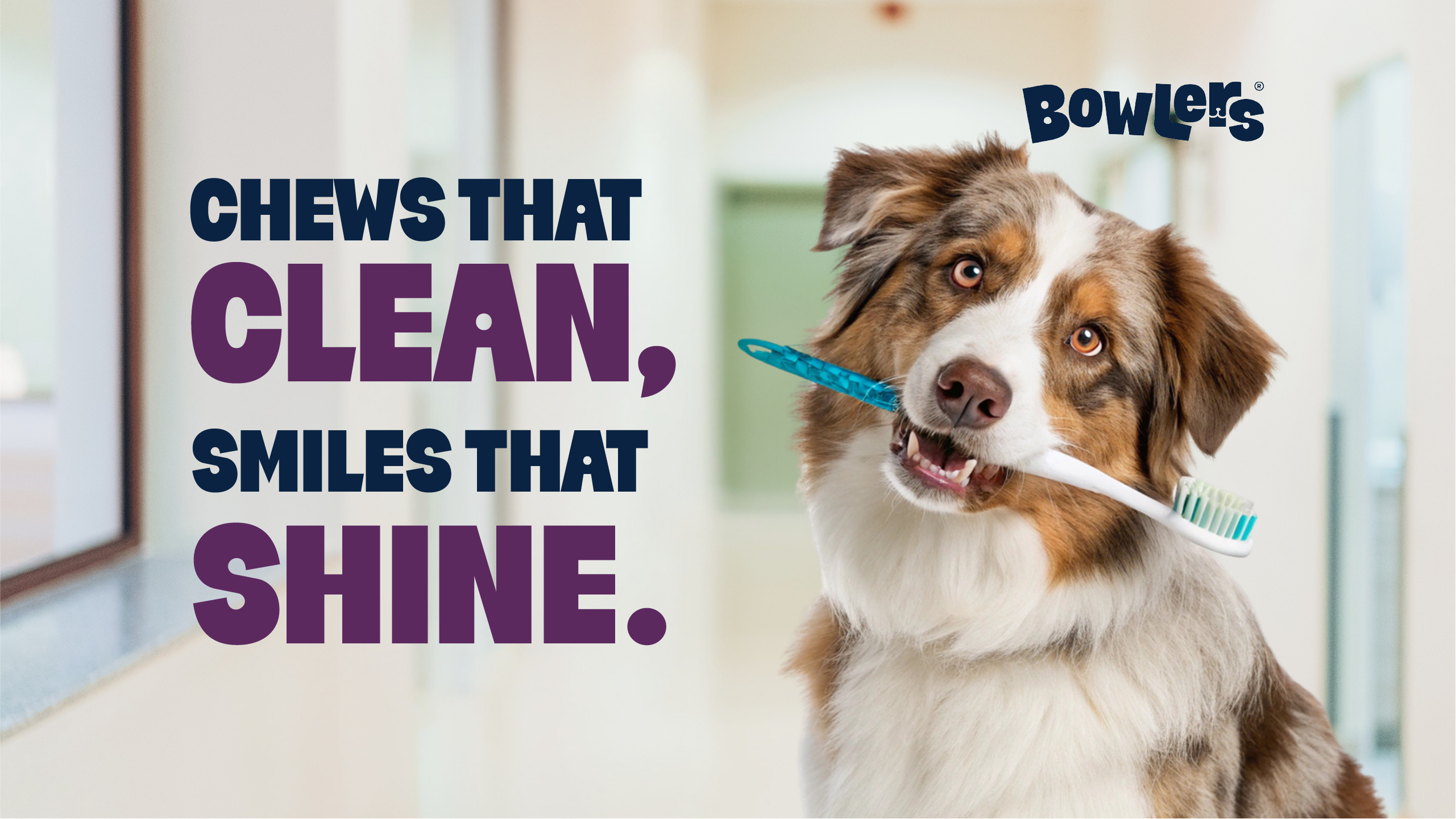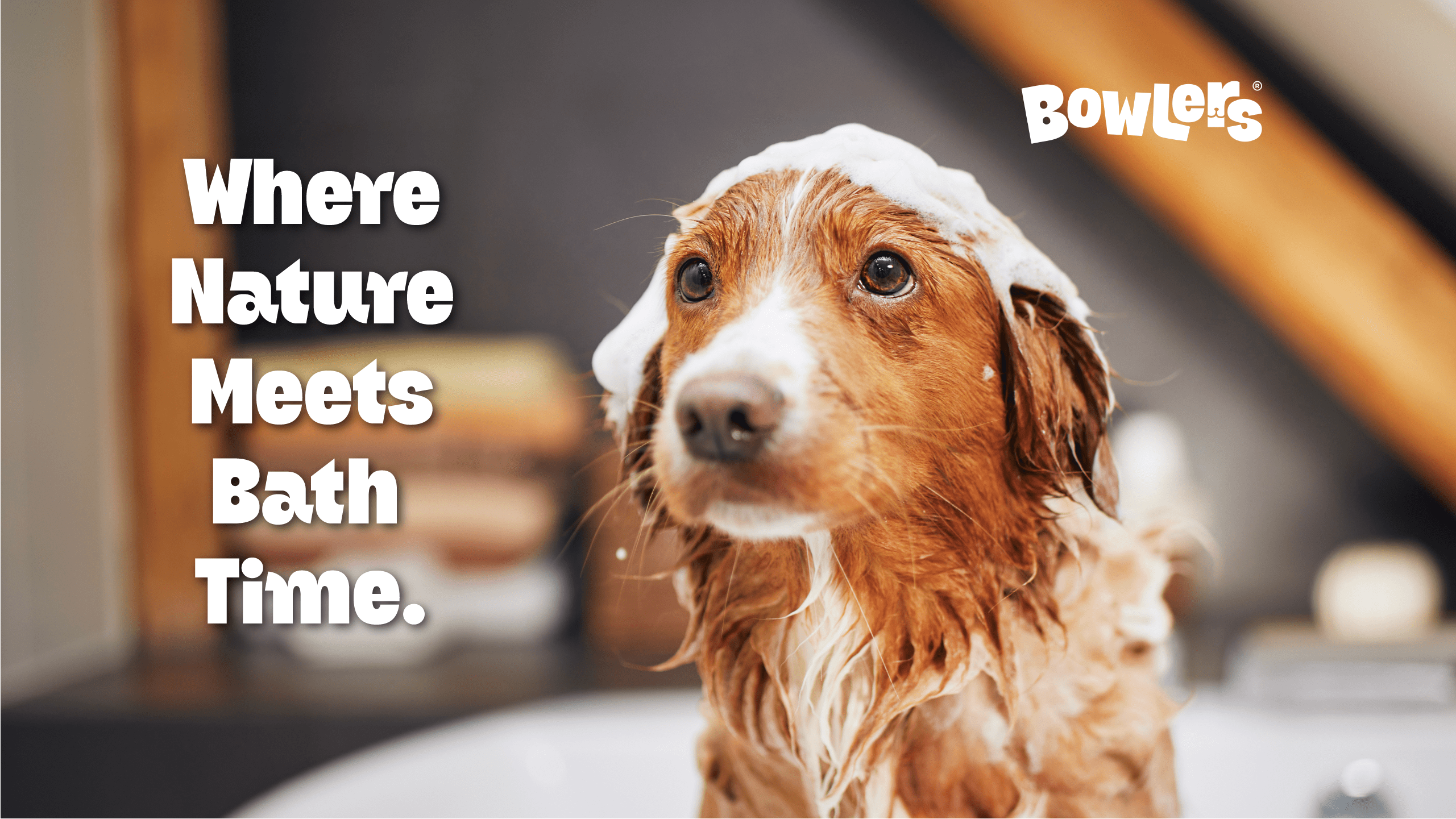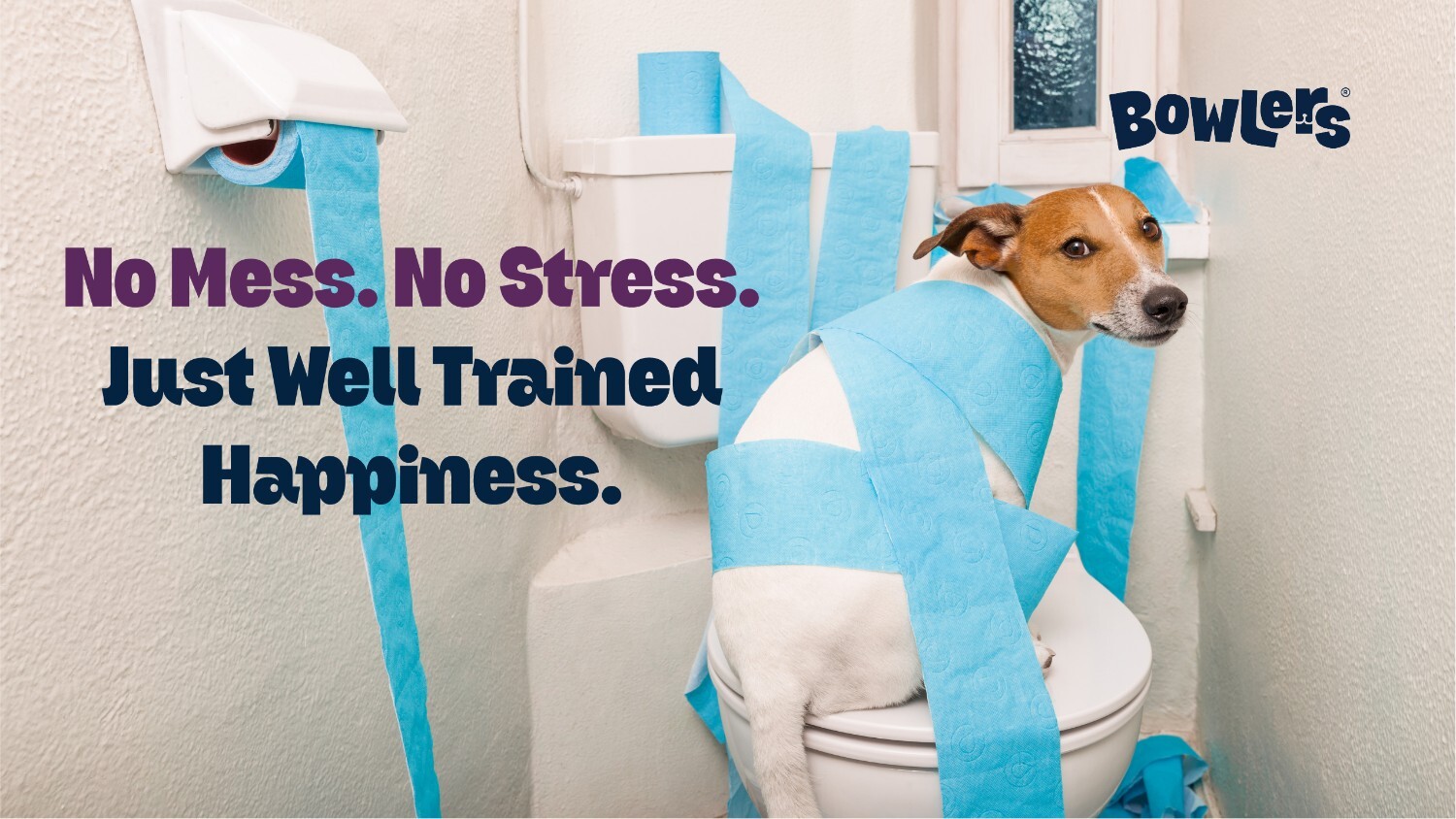Dog Dental Care 101: Brushing, Chews, and Vet Visits

Table of contents
- Why Dog Dental Health Matters
- Dog Teeth Cleaning: The Foundation of Oral Hygiene
- Dental Chews for Dogs: A Tasty Way to Support Teeth
- Professional Vet Visits: Essential for Long-Term Dental Care
- Diet and Dental Health: More Than Just Chews
- Common Dental Problems and How to Spot Them
- Safe Practices for Lifelong Dental Care
Maintaining your dog’s overall health involves more than just feeding them a balanced diet and ensuring regular exercise—it also requires consistent attention to dog dental health. Just like humans, dogs can develop plaque, tartar buildup, gum inflammation, and other dental problems that can lead to pain, tooth loss, or even serious infections affecting the heart and kidneys.
Many pet parents overlook oral hygiene until symptoms like bad breath or difficulty eating appear. However, establishing healthy habits early on is essential for lifelong well-being. In this guide, we’ll walk you through the basics of dog teeth cleaning, discuss the benefits of dental chews for dogs, and explain why regular vet visits are crucial for maintaining healthy dog teeth.
At Bowlers, we believe that good oral health is a cornerstone of preventive dog healthcare, supporting not just the mouth but the entire body. With the right approach, you can help your dog stay happy, active, and free from painful dental issues.
Why Dog Dental Health Matters
Oral hygiene doesn’t just affect your dog’s mouth—it impacts their whole body. Poor dental care can lead to:
✔ Gum disease and infections
✔ Tooth decay and loss
✔ Bad breath (halitosis)
✔ Difficulty chewing or eating
✔ Systemic infections that affect the heart, liver, or kidneys
Studies show that by the age of three, a significant percentage of dogs have some form of dental disease. Regular dental care helps prevent these problems and ensures that your dog’s teeth remain strong, pain-free, and functional.
For a deeper understanding of overall health signs, see our article: 8 Signs of a Healthy Dog (and Early Warnings of Trouble).
Dog Teeth Cleaning: The Foundation of Oral Hygiene
Brushing your dog’s teeth regularly is one of the best ways to maintain dog oral hygiene. While it may seem intimidating at first, establishing a routine with positive reinforcement can make it a simple and stress-free part of your dog’s day.
How to Brush Your Dog’s Teeth
1. Choose the right tools – Use a soft-bristled toothbrush designed for dogs and toothpaste formulated specifically for canine use. Never use human toothpaste, as it can be toxic to dogs.
2. Start slow – Let your dog sniff and taste the toothpaste before introducing the brush.
3. Use gentle motions – Brush in circular motions, focusing on the gum line where plaque accumulates.
4. Be consistent – Aim for brushing at least 2–3 times a week, though daily brushing is ideal.
Tips for Success
✔ Make it a bonding experience with treats and praise.
✔ Keep sessions short but regular.
✔ Gradually increase brushing time as your dog gets comfortable.
Regular brushing removes food particles and plaque, reducing the risk of tartar buildup that can lead to more serious issues.
Dental Chews for Dogs: A Tasty Way to Support Teeth
While brushing is the best way to clean your dog’s teeth, dental chews and interactive toys offer excellent supplemental options. One such option is the Chew Rope — a durable, textured rope toy specifically designed to help clean teeth as your dog chews and plays. Its fibrous strands act like natural floss, helping to scrape away plaque, reduce tartar buildup, and gently massage the gums, all while keeping your dog engaged and entertained.
Choosing the Right Chews
✔ Look for chews approved by veterinary dental organizations.
✔ Avoid chews with excessive sugars, artificial flavors, or unsafe ingredients.
✔ Select chews appropriate for your dog’s size and chewing strength.
Benefits of the Chew Rope:
✔ Helps prevent plaque and tartar buildup through natural chewing action
✔ Freshens breath and promotes better oral hygiene
✔ Offers mental stimulation and satisfies chewing instincts
✔ Supports gum health and strengthens teeth during play
Available in Multiple Variants for Different Dog Sizes:
For best results, use dental chews alongside brushing, not as a replacement.
Professional Vet Visits: Essential for Long-Term Dental Care
Even with brushing and chews, some plaque and tartar will harden and require professional cleaning. Regular vet visits are essential to assess your dog’s oral health and intervene when needed.
During a dog wellness exam, your veterinarian will:
✔ Examine teeth for signs of decay or gum disease
✔ Clean hard-to-reach areas under the gum line
✔ Check for signs of oral tumors or infections
✔ Recommend treatments or dietary adjustments
The American Veterinary Dental College recommends at least one dental evaluation per year for most dogs. For breeds prone to dental issues or senior dogs, more frequent visits may be necessary.
Learn more about scheduling and what to expect in our article: How Often Should You Take Your Dog to the Vet? A Complete Guide.
Diet and Dental Health: More Than Just Chews
Your dog’s daily diet plays a significant role in oral health. Balanced nutrition provides the vitamins and minerals essential for strong teeth and healthy gums.
✔ A diet rich in calcium and phosphorus supports bone strength.
✔ Omega-3 fatty acids help reduce inflammation in the gums.
✔ Crunchy kibble can aid in scraping plaque from tooth surfaces.
For tailored advice on diet and exercise, see: How Much Exercise Does Your Dog Really Need?.
A healthy diet also reduces the chances of secondary diseases that could complicate oral health.
Common Dental Problems and How to Spot Them
Early detection can prevent dental issues from escalating into painful or life-threatening conditions. Watch for the following signs:
✔ Bad breath
✔ Drooling or pawing at the mouth
✔ Reluctance to eat or difficulty in chewing
✔ Red or swollen gums
✔ Loose, broken, or missing teeth
If you notice any of these symptoms, schedule a vet visit promptly. Regular monitoring helps you catch dental issues before they cause irreversible damage.
For more on identifying health problems early, check out: 8 Signs of a Healthy Dog (and Early Warnings of Trouble).
Safe Practices for Lifelong Dental Care
In addition to brushing, chews, and vet visits, adopting safe practices ensures your dog’s oral health remains intact:
✔ Avoid feeding sticky or sugary treats.
✔ Monitor chewing habits—supervise to prevent choking or swallowing unsafe items.
✔ Keep your dog’s chew toys clean and replace them when worn.
✔ Follow your veterinarian’s recommendations for specialized dental diets or supplements.
Good dental health is a vital part of preventive care, and with consistent effort, it can help your dog avoid discomfort and severe health complications. Through regular dog teeth cleaning, thoughtful use of dental chews for dogs, and professional vet visits, you’ll support your dog’s overall well-being while preventing disease before it starts.
At Bowlers, we encourage pet parents to treat oral care as an essential part of preventive dog healthcare, not an optional add-on. Along with proper diet, exercise, and routine checkups, dental hygiene ensures your dog stays strong, active, and free from pain throughout their life.


